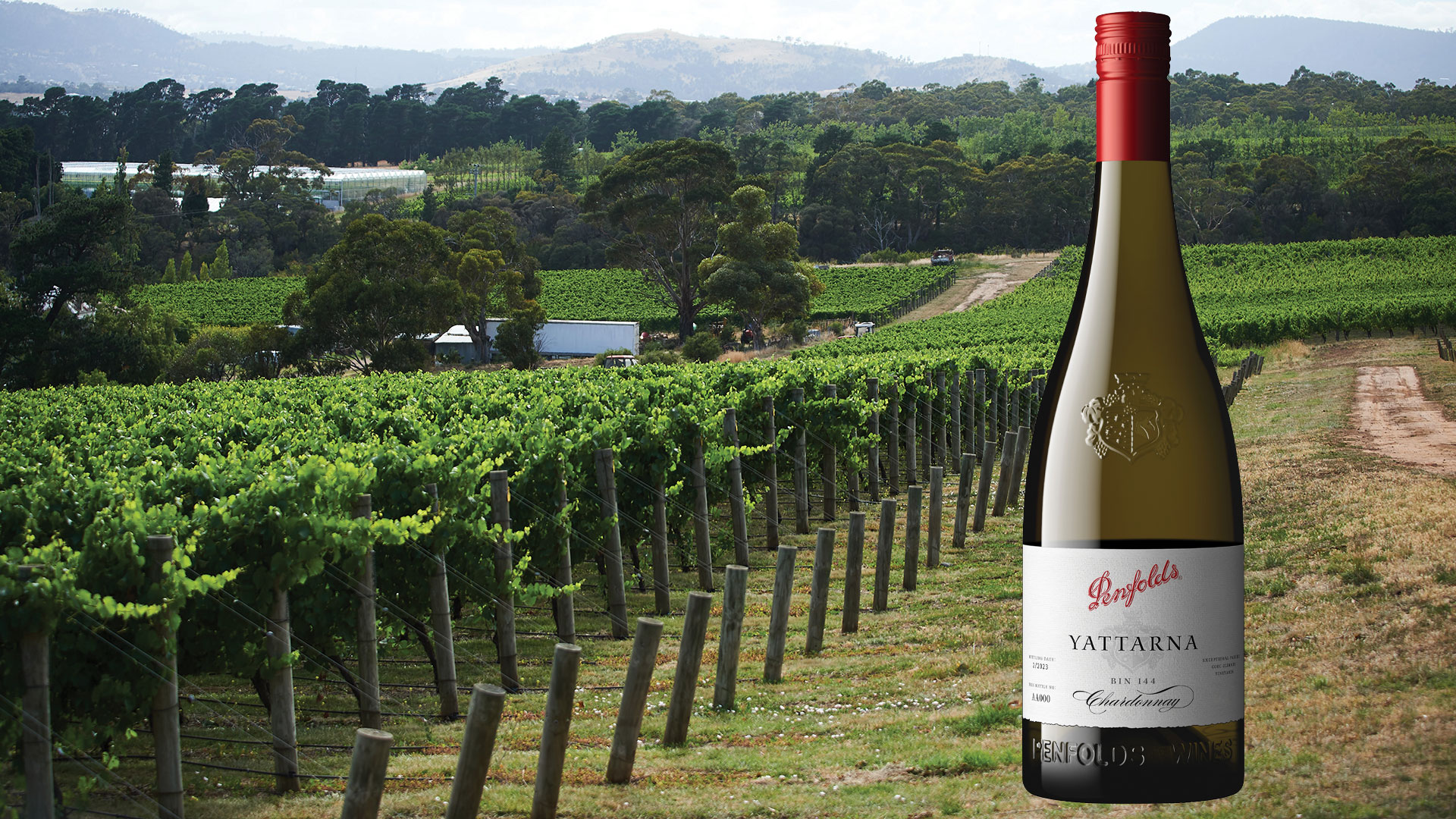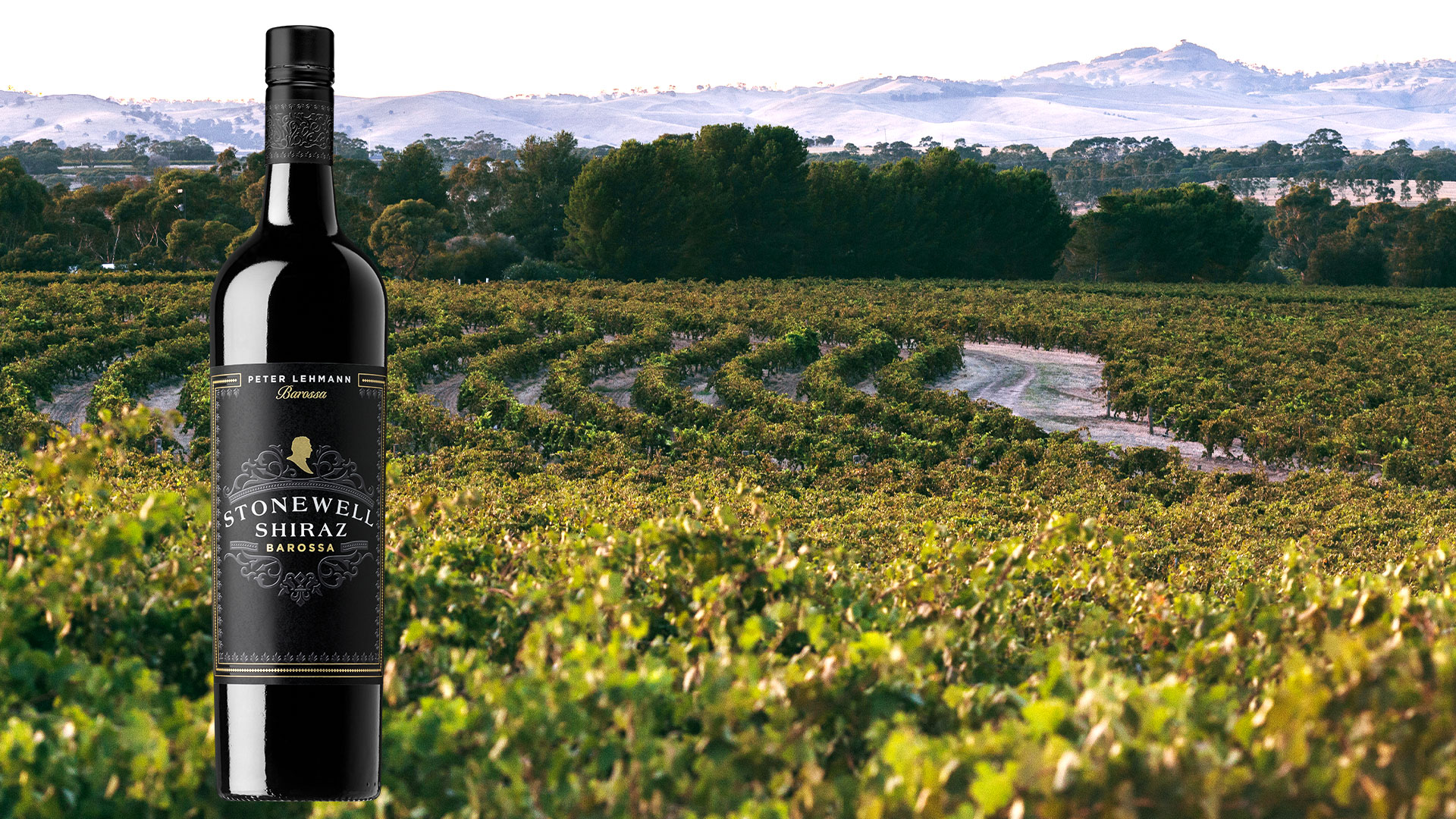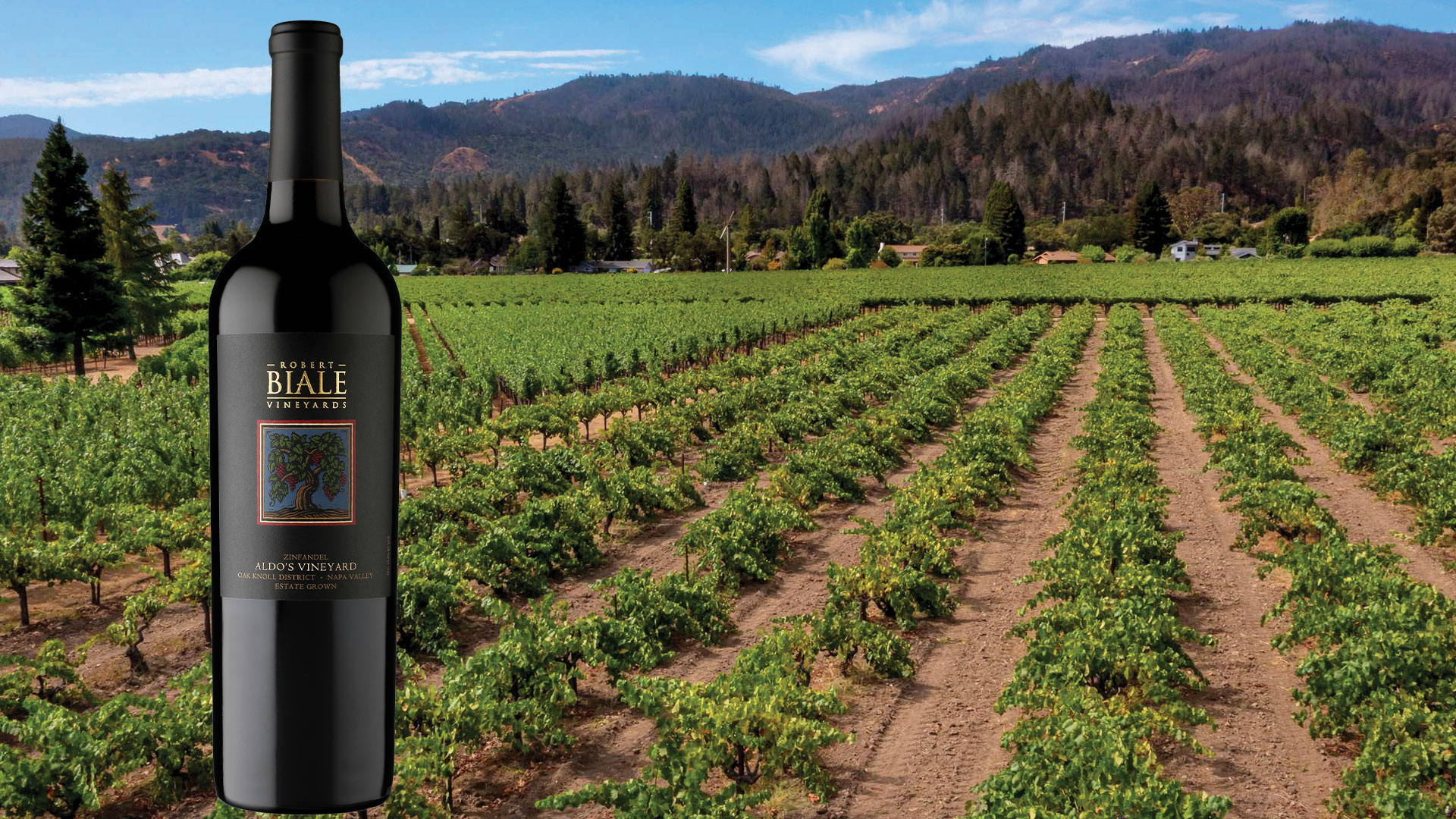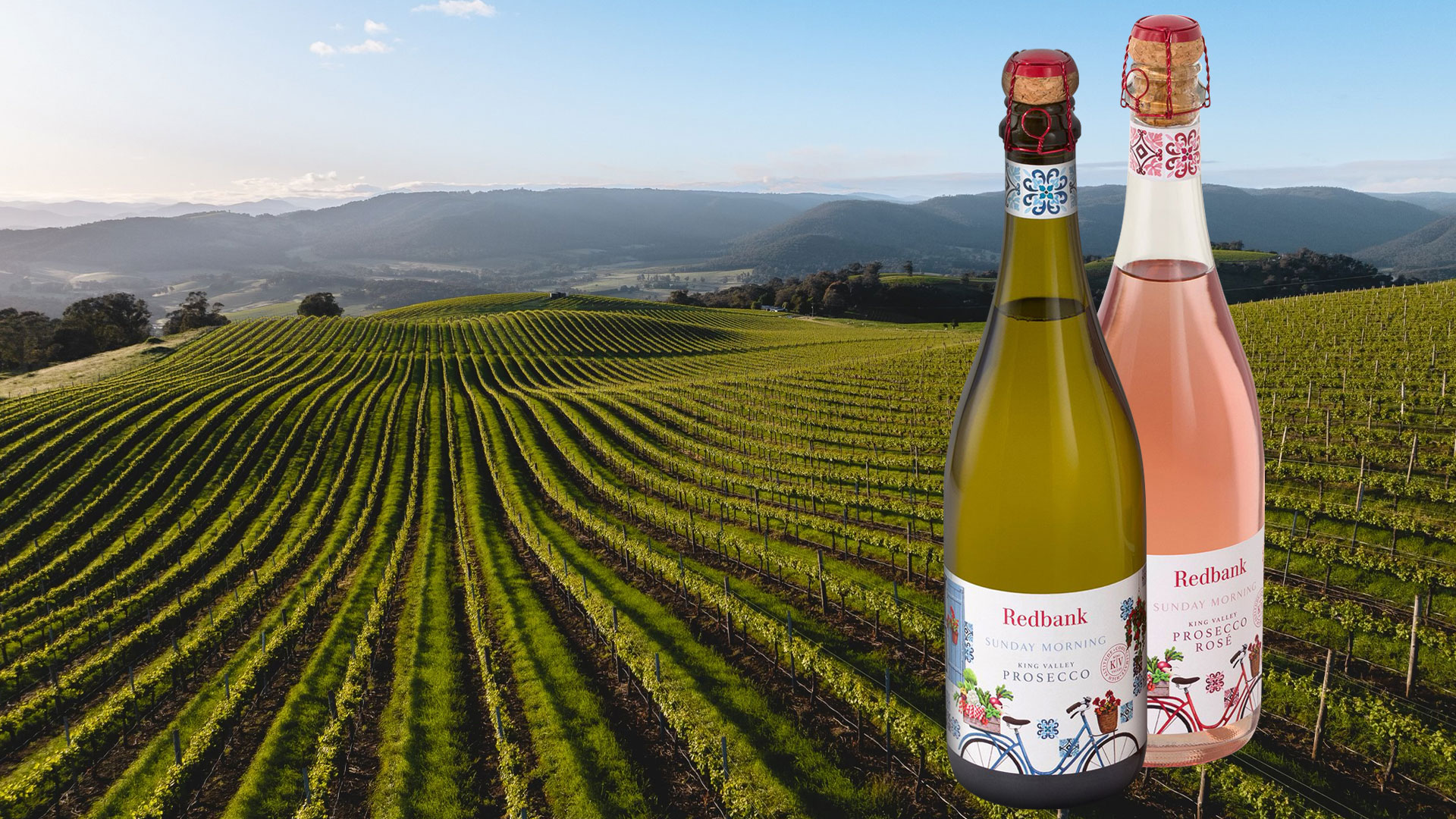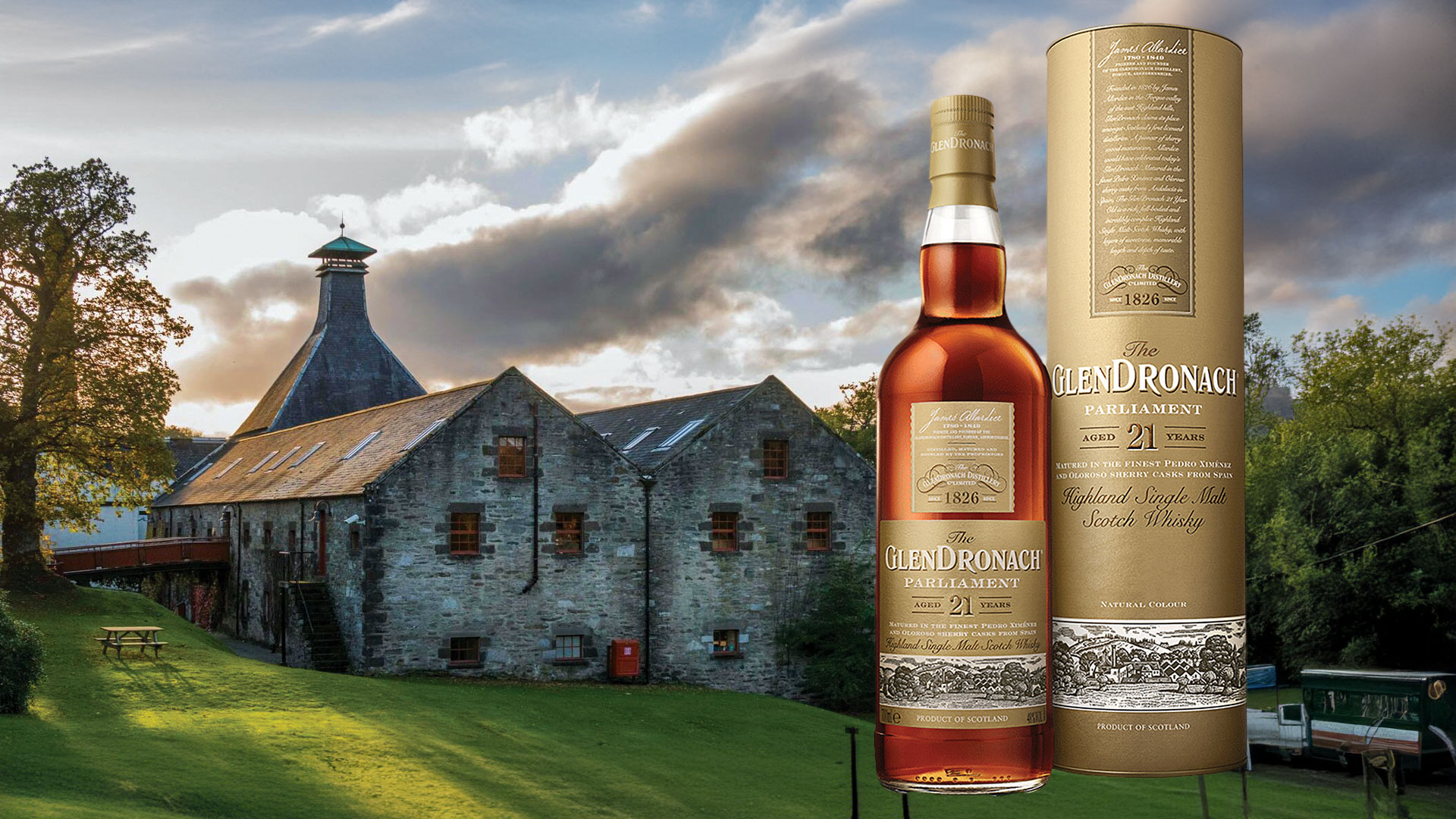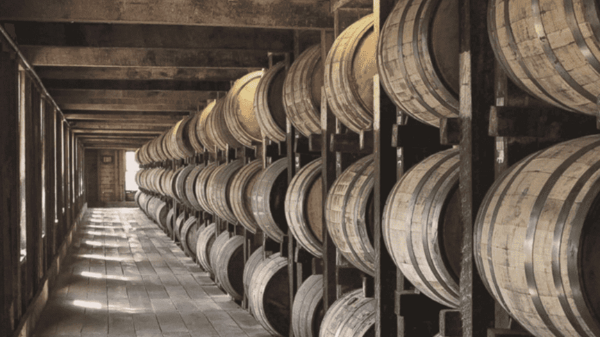
Whisky Investment: Rare whiskies are reaping rich rewards, but make sure it’s the genuine article
The rare spirits market is bubbling along nicely. Referred to those in the know as ‘liquid gold’ – the name is living up to the hype. Five years back, if you were told that someone could fetch US$274,779 (about HK$2.16 million) from a meagre US$5,759 investment from a couple of whisky casks, you’d assume they had probably been scammed or faking it. But in July 2021, 59-year-old bank officer Roger Parfitt from Coventry in England, made an astounding 4600 percent increase on a Macallan cask he bought in 1994. He used the money to pay off his mortgage and advance his retirement by three years.

Twenty-seven years back, when Parfitt first dipped his toe in the world of whisky collecting it was primarily for consumption, diversifying capital and hoping for long-term gains. He said to the local media: “I remember thinking, if it doesn’t appreciate in value, the worst that could happen is that you would have to get it out of the warehouse, bottle it and drink it.”
A sherried malt is a gorgeous thing to behold – and even better to drink – but this level of appreciation was not on his or any other whisky connoisseur’s radar until recently. With steadily soaring prices in the sector, Parfitt is not the only one to have so much to toast to in 2022.
Primed for Investment

Rare whisky is having a moment right now. Hong Kong-based seasoned whisky enthusiast and savvy collector Vinay Dayaram’s love for the ‘water of life’ (as it’s known in Gaelic) compliments his passion for alternative investment. He started with modest acquisitions in 2017, ambition built thereafter. Following a full cycle of falling in love with the Scottish dram, its flavours, the profile, the magic, the making, the process. Before he knew it, he was “picking up the limited editions, mature vintages, and seasonal and special releases from famous distilleries all over the world”.
Knight Frank’s 2020 Wealth Report found that rare whiskies have appreciated by a massive 580 percent over the last decade, outperforming other investment commodities like the stock market, gold and even highly coveted Hermès handbags.

A case of Macallan 1926, 60-year-old whisky recently went under the hammer at a Sotheby’s auction for a mouth-watering US$1.9 million. Today a 40-year-old Scottish whisky commands upwards of US$2000 a bottle. So it’s no surprise that collectors like Dayaram – who were previously looking at investing in other options like bonds and stocks – are multiplying all over the world.
In 2021, Elite Wine and Whisky, the go-to global platform for alternative investments, found that the increasingly hard-to-source category of Japanese whisky grew by 42 percent. Between 2015 and 2020 American whisky jumped off the chart by a staggering 41 percent.
Scarce Resource

In February 2021, when Scottish Highland Park released a 274 bottles limited-edition of its 50-year-old single malt in Washington, serious whisky buffs were blown away by its rich sherried flavours and delicate fragrances. An American collector flew all the way from New York to Seattle and paid Washington state’s highest alcohol tax to acquire this time capsule of sublime and complex flavours. Apparently, if this particular collector couldn’t grab it in US, he was willingly to travel to Dubai or elsewhere to own it, mindful of the long-term investment gains it promised.
Whisky is a unique asset. While fine wine has vintages every now and then, rare whisky is available in an extremely capacity and something that comes across once every few years. Cobwebbed old casks alone don’t make a whisky rare. According to Vinay Dayaram, a rare whisky is something which might be released in five to 10 years or never comes again after its release.

Distilleries also restrict the number of bottles of celebrated spirits or intentionally age some in small batches just for the holidays or special occasions to create scarcity. The trend also results in a phenomenon called ‘whisky flipping’ – people stocking up on limited editions from a distillery and retailing them at sharp mark-ups as soon as stocks run dry. With more collectors in the world than the bottles released, vintage liquid gems from ghost distilleries – distilleries that have shuttered – have become highly desirable for canny investors.

The reopening of the 202-year-old iconic ghost distillery Brora in Sutherland, Scotland was celebrated with the legendary releases like the Brora Triptych: 38-, 43- and 48-year-old vintages that replicate as closely as possible the distillery’s distinct style and heritage. But Vinay cautions, “There’s no magic formula for investing in rare spirits, the value and price could go either way. Single cask bottlings only yield a limited amount of spirit, so the bottles tend to be rarer and can potentially appreciate faster. But there have been notable exceptions as well.” Case in point: Macallan. It’s been the top investment whisky for decades, but its value has depreciated according to the broker Rare Whisky 101.
Beware of Fakery

In one of the biggest counterfeiting scams to come to light, New York’s oldest wine merchant, Acker Wines was selling a rare bourbon bottle of Colonel E.H. Taylor Four Grain for US$1,000 when an Inside Edition producer sent it for chemical analysis to validate its authenticity. It failed the test. Turns out, this fake rarity was refilled with substandard liquor, resealed and sold to Acker as a part of an esteemed private collection.

Counterfeiting in super-premium spirits has become fertile ground for scammers. Part of the problem is also the bragging rights around rare spirits – shaped by massive demand, a limited supply and a solid flow of cash – has meant both new and seasoned collectors have fallen prey to replicas, refills, and relics. In 2018, Rare Whisky 101 randomly analysed 55 different drams sourced from the secondary market. A total of 21 out of these 55 bottles, around 41-percent, were found to be straight-up fakes or had the year of bottling wrongly declared. Vintage and rare collectibles had an even higher level of fakery – with 100 percent of the bottles from around 1900 forged. The fakes had been priced at a staggering US$804,000.
While high-value replicas and refills are hard to spot, Vinay’s advice is to “carbon-date a sample before pulling out your wallet – and research, research, research.” Food fraud permeates all facets of our lives. It’s a good idea to assume the rare and specialised bottle you’re considering in investing in could be fake. Take a step backward to prove authenticity before making that all-important purchase.
(Text: Nikita Mishra)



